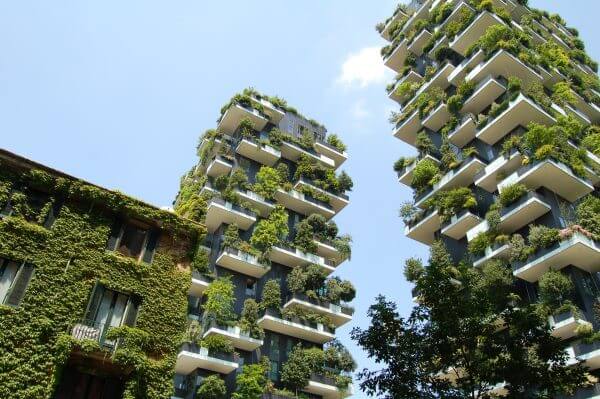Eco-efficiency is the way also in property lease agreements
January 5, 2017

Real estate and construction sector actors today are increasingly interested in the environmental and energy perspective. They aim to improve the energy efficiency of the built environment and to emphasize the environmental values of the real estate operations in a way that is profitable and sensitive to the interests of all parties.
Consideration to ecological goals has long been an approach taken in other parts of the world, but now energy-efficient agreement practices and operating models are becoming increasingly more common also in Finnish real estate development. The new ways of operating are becoming the standard practice when drafting a new lease agreement for a property, for example, or when updating existing agreements to align with the current, more energy-efficient operating models.
Parties have a common cause
Eco-friendly lease agreement terms (or green lease clauses) are used to reinforce the targets of the building owner and building tenant to act in ways that are increasingly more environmentally sustainable. The clauses ensure that the building owner is responsible for the energy-friendliness of the property’s technical systems, and the tenant is committed to achieving the defined environmental targets. In fact, it is essential that the early phase of the agreement process includes a review that spells out the targets of the parties’ eco-efficient actions and what is being pursued.
The content of the lease clauses varies, depending on the parties and the property. The lease clauses can be used to set common guidelines and objectives for action. Stricter clauses can also be drafted so that they impose sanctioned action obligations on the parties. It is also possible that the building owner includes the green lease clauses in the general agreement terms for the property in question.
Including lease clauses emphasizing eco-friendly actions in agreements is beneficial for all parties. By committing to the lease clauses, both parties indicate that they will act sustainably. At the same time, it is ensured that the property will withstand time and use. Certification (e.g. LEED certification, Leadership in Energy and Environmental Design) aiming for a reduced environmental load may also be the goal of the property owner. It is possible to get certification when, for example, energy and water consumption are predictable. With environmental classifications achieved, investors also can monitor the energy efficiency and assess the performance of the property.
Eco-efficiency improves investment value
From a real estate investor’s perspective, including green lease clauses in the lease agreement improves the investment value of the target. Individual lease clauses can also be used to have a positive impact on the target property’s lease revenue or on the eventual value of the investment at the realization phase. Green lease clauses are also beneficial for the tenant. The targets aiming for eco-friendly actions are an indication of the sustainable business of all the parties.
When drafting new lease agreements or updating old ones, something to consider is the position of the parties and the eco-friendliness of the property development. When outlining the agreement, future challenges and the building’s life-cycle requirements also must be taken into consideration. It is possible to achieve the relevant property development goals with green lease clauses.
Additional information:
Aleksi Lundén, Associate, tel. +358 40 512 5424, [email protected]